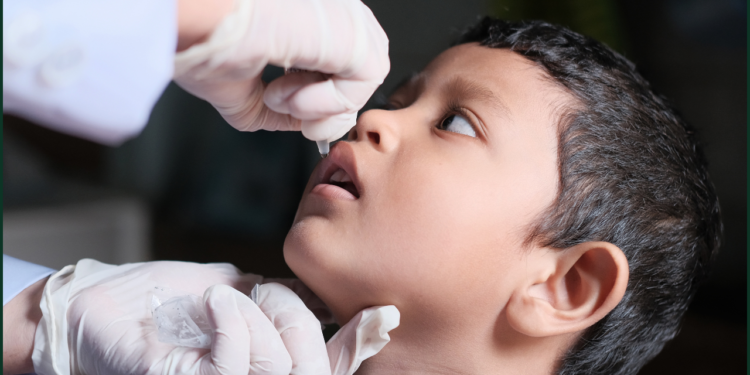Pakistan’s fight against polio continues as environmental surveillance revealed wild poliovirus type 1 (WPV1) in sewage samples from 20 districts, according to the Regional Reference Laboratory for Polio Eradication at the National Institute of Health (NIH). Out of 60 samples collected across 51 districts, 25 tested positive, signaling persistent challenges in eradicating the virus. Affected areas include Quetta, Peshawar, Lahore, Multan, Bannu, and Rahim Yar Khan, among others.
Despite the findings, health officials report encouraging signs of progress. The number of positive samples has decreased, and virus circulation appears to be waning in many regions. Cities like Islamabad, Rawalpindi, Swat, and Gilgit returned negative results, reflecting the impact of strengthened control measures. “We’re seeing a clear decline in virus spread, which is a testament to our intensified efforts,” an NIH spokesperson said.
Pakistan has made significant strides in 2025, with only six polio cases reported compared to 74 in 2024. Enhanced immunization campaigns since September 2024 have been pivotal in this decline. To sustain this momentum, a nationwide polio vaccination drive is scheduled for April 21, aiming to protect 45.4 million children under five. Health authorities are emphasizing the importance of repeated vaccinations to build immunity and halt transmission.
“Every dose counts,” the NIH official urged. “Parents must ensure their children are vaccinated in every campaign to safeguard them from this preventable disease.” The government and health workers are calling for collective action, stressing that no child should be missed. As Pakistan pushes toward a polio-free future, consistent community support and robust immunization efforts remain critical to overcoming the virus’s lingering presence.

















































